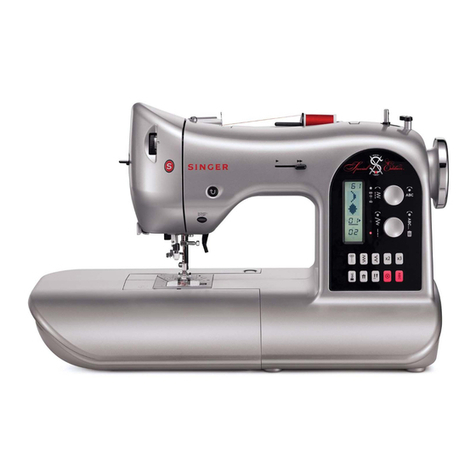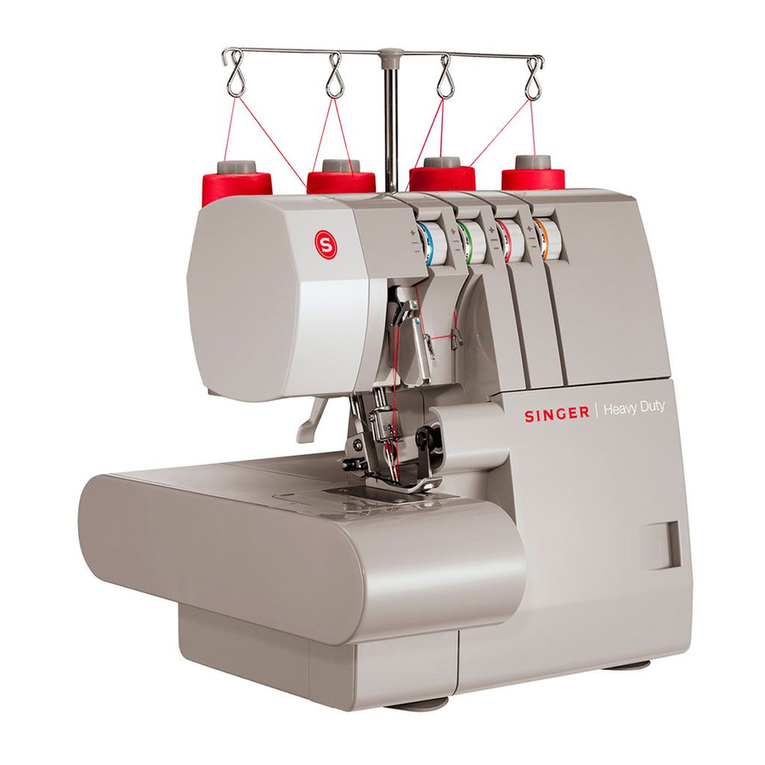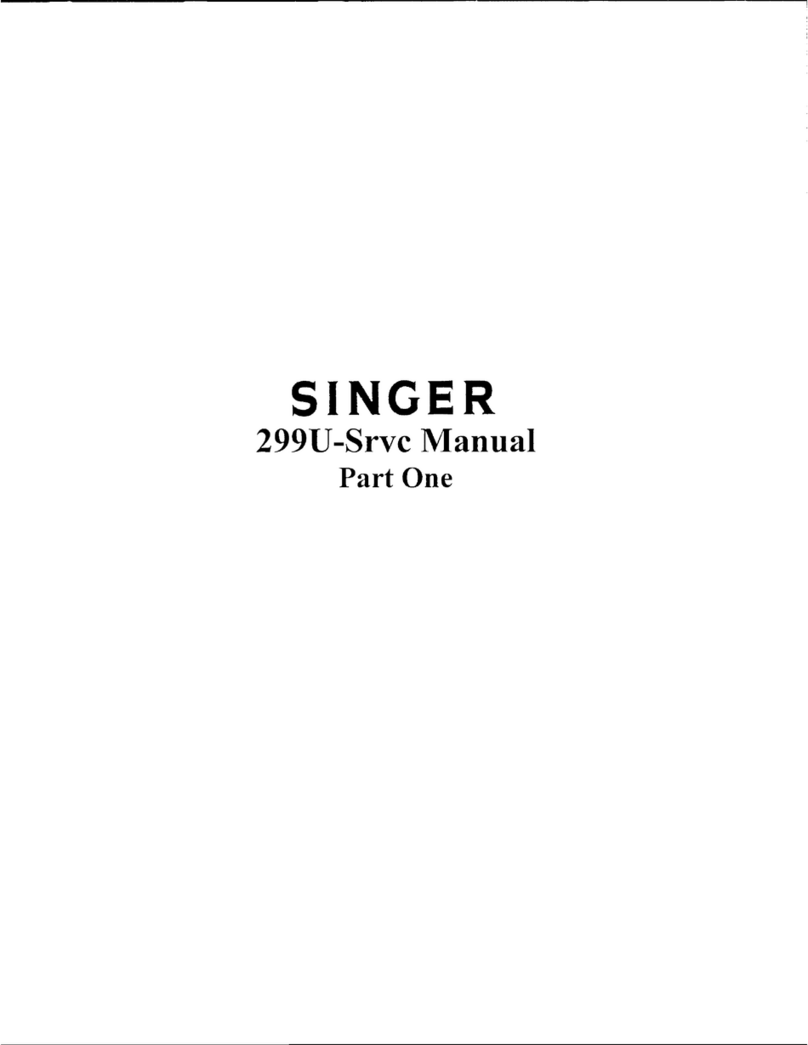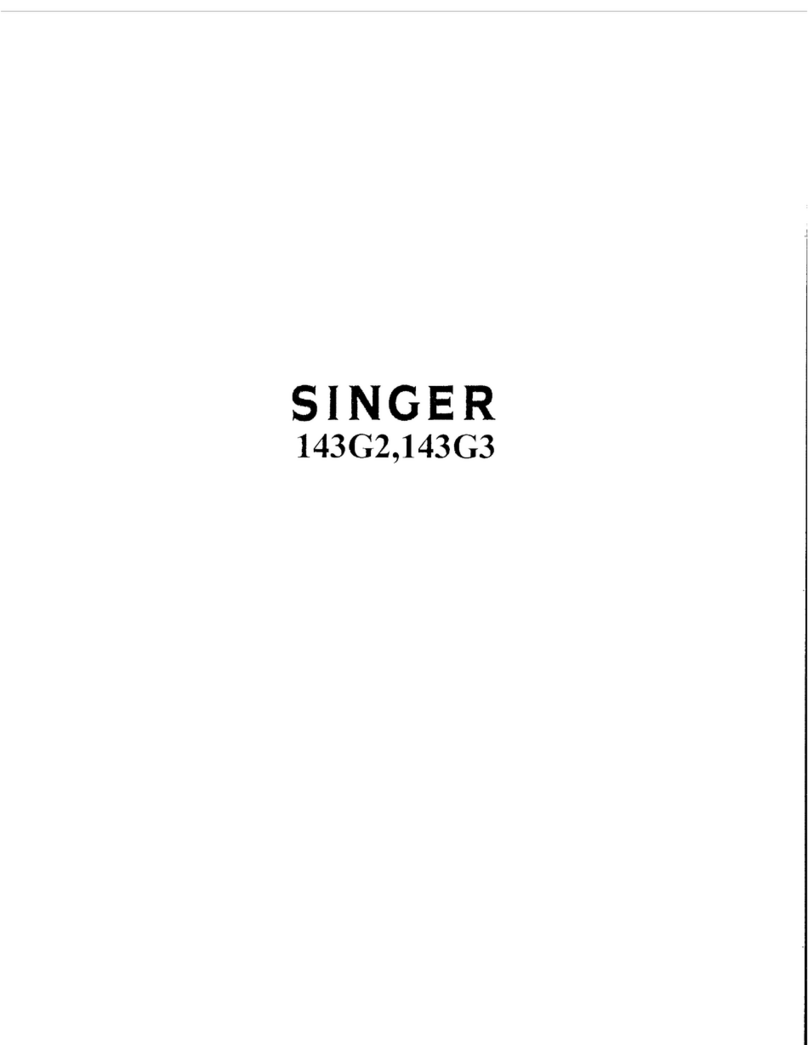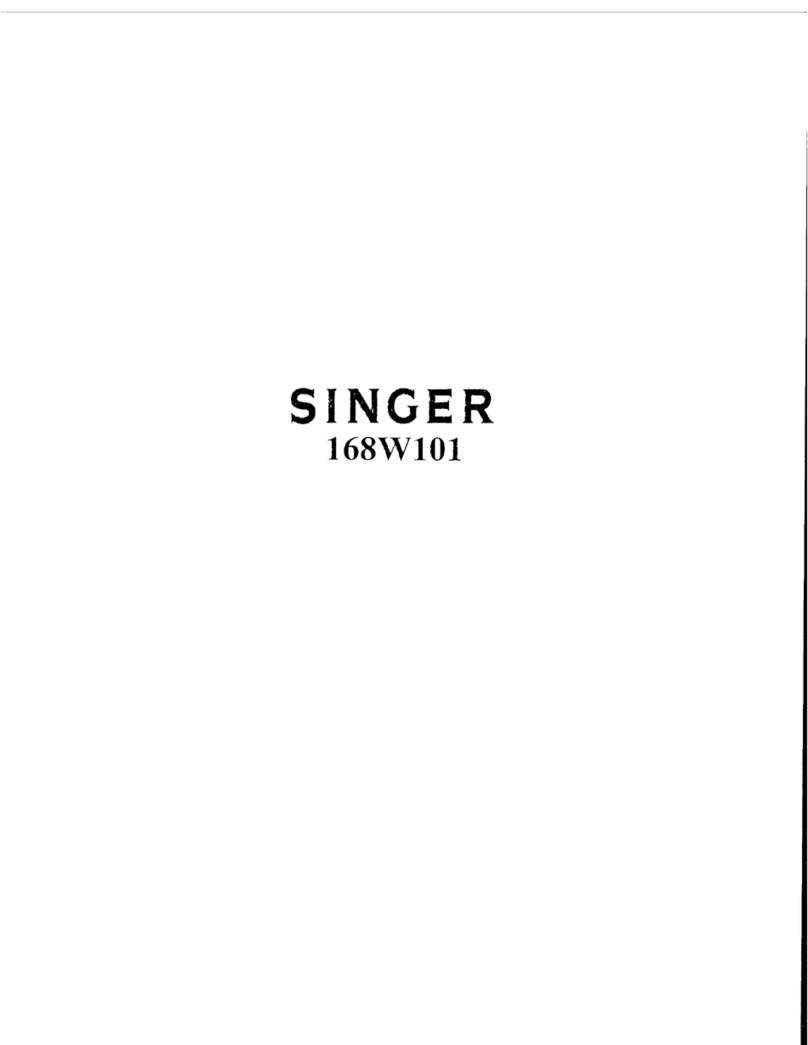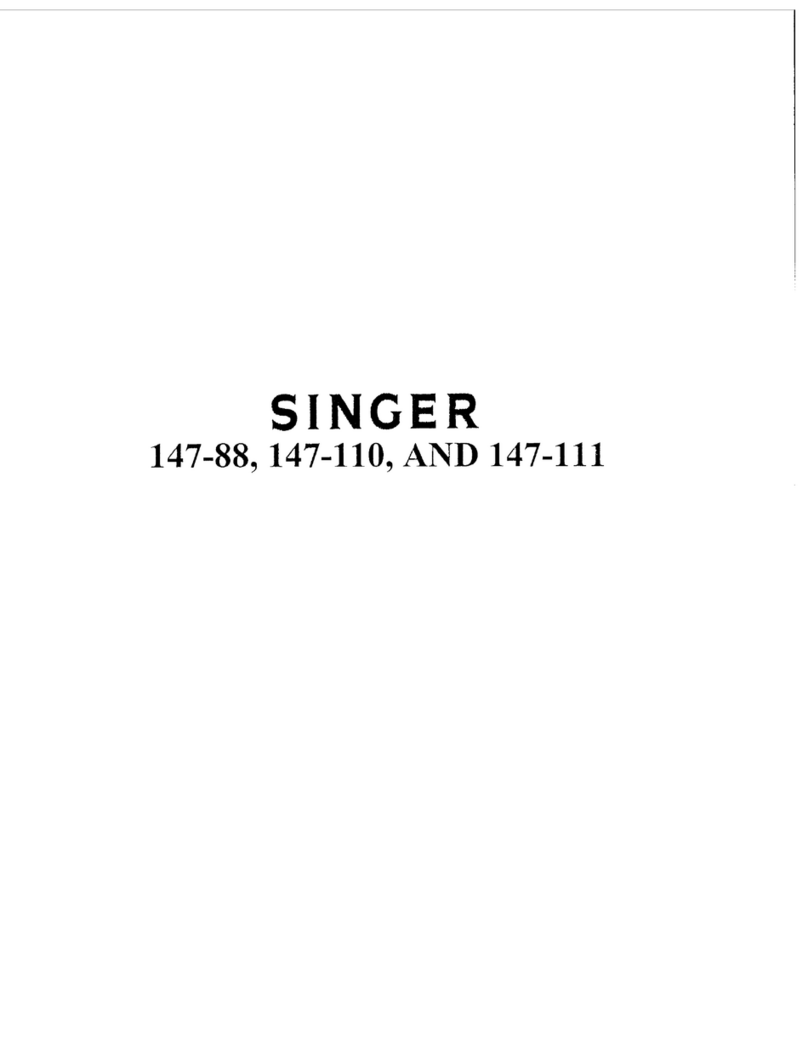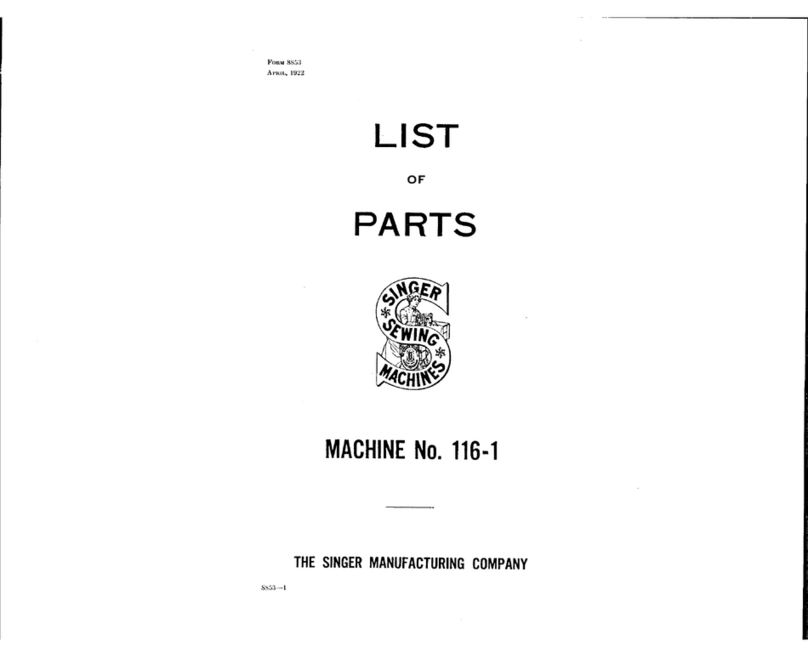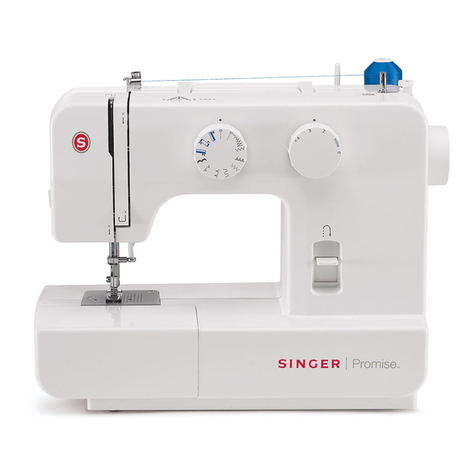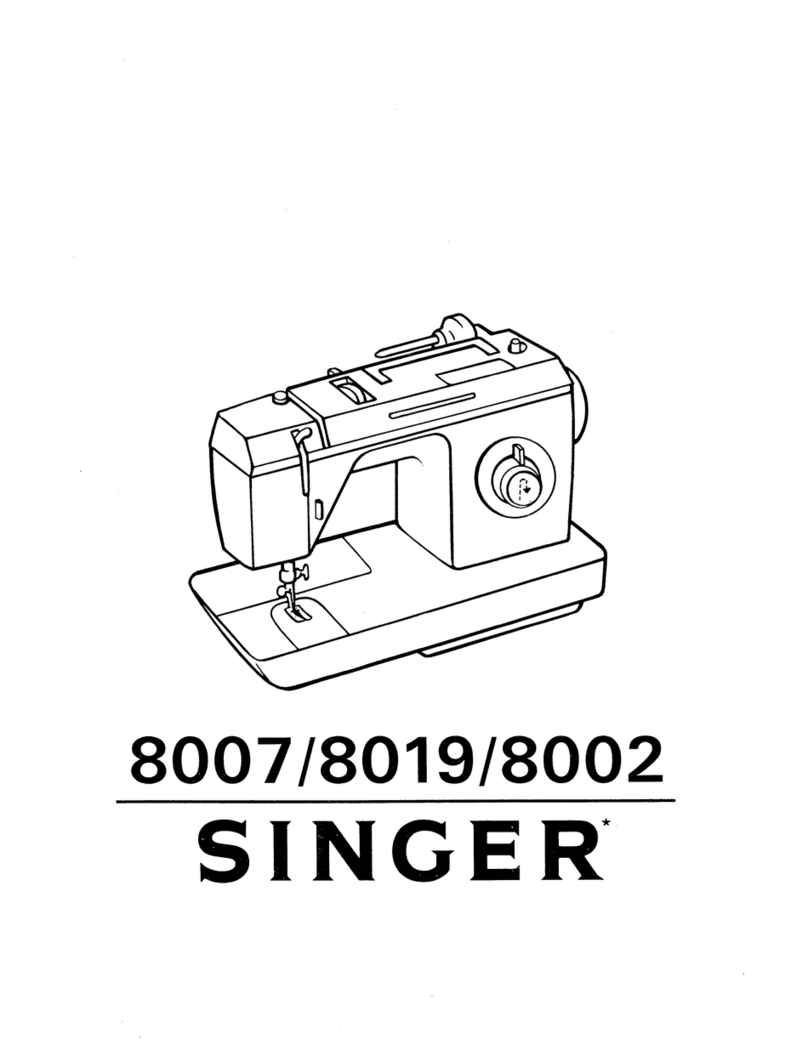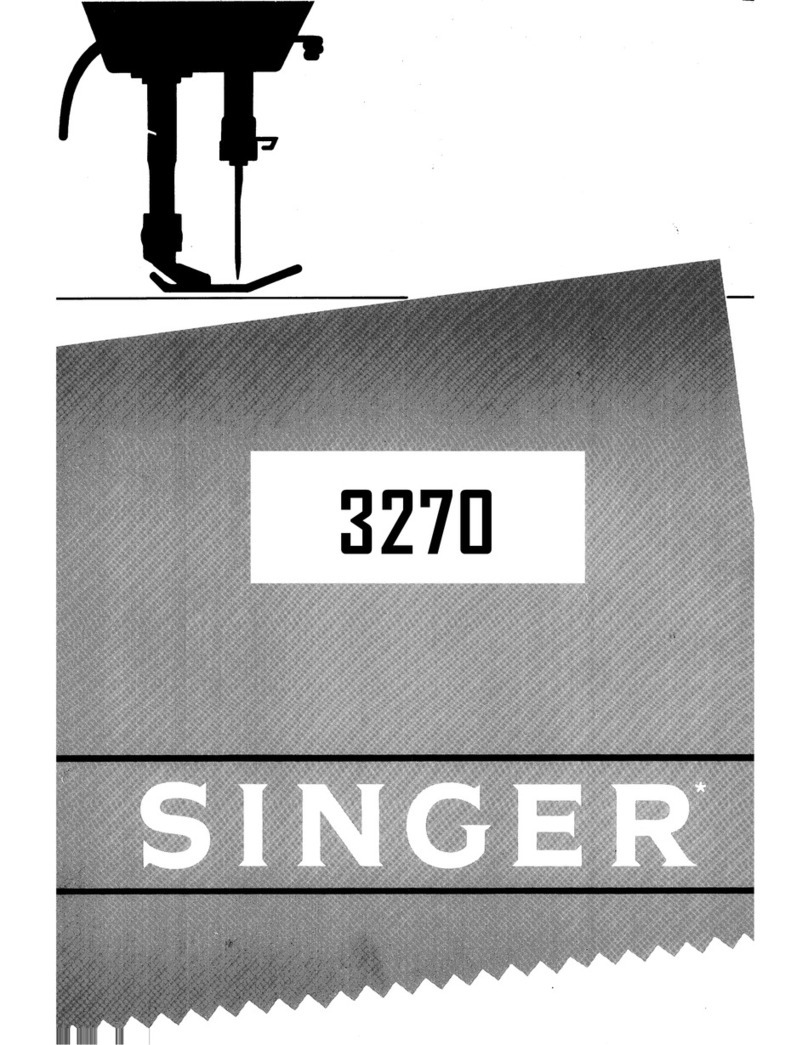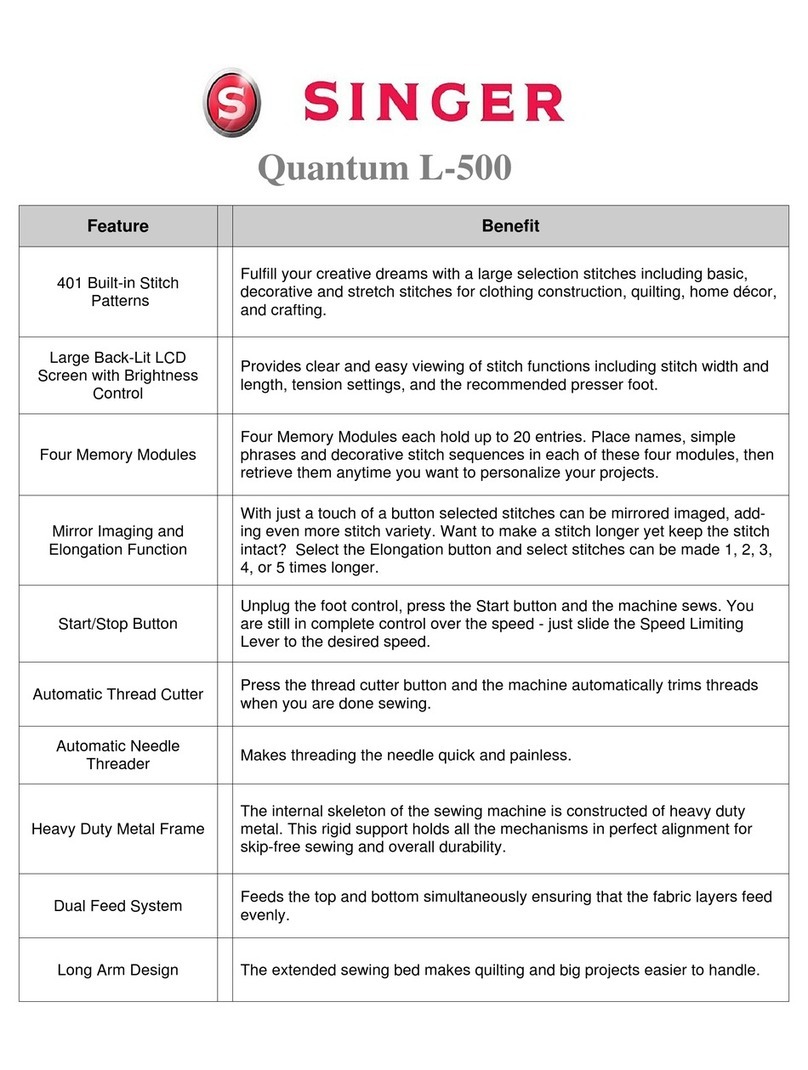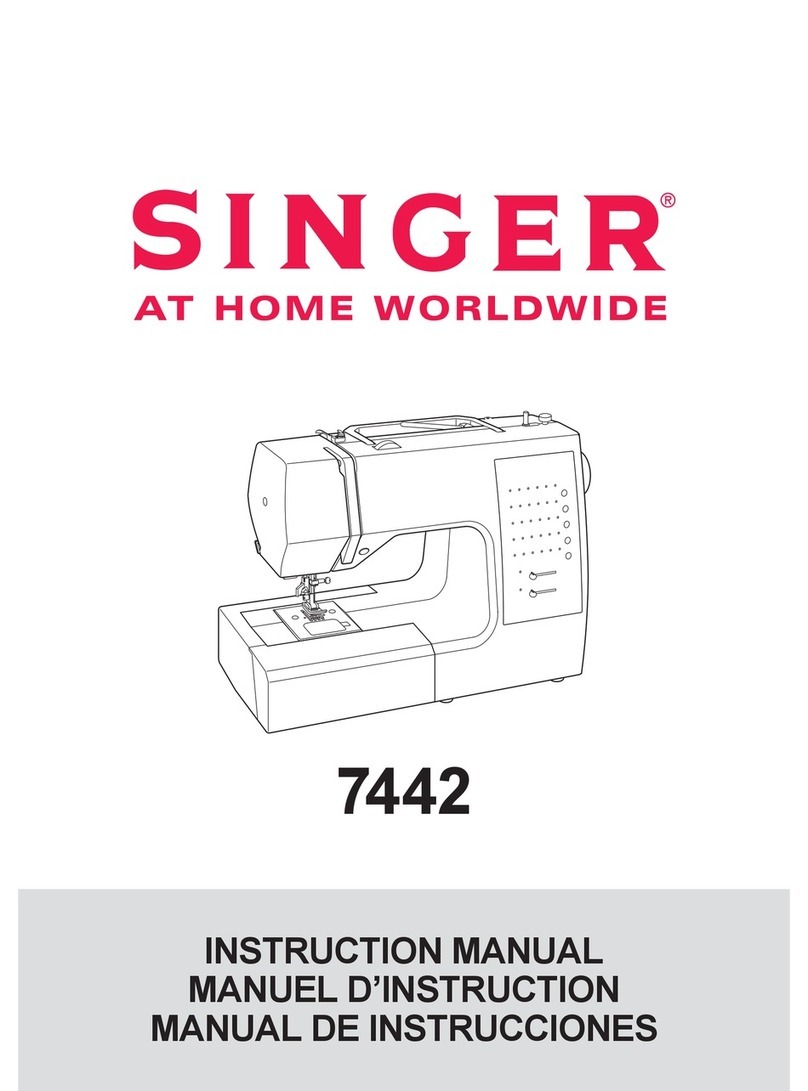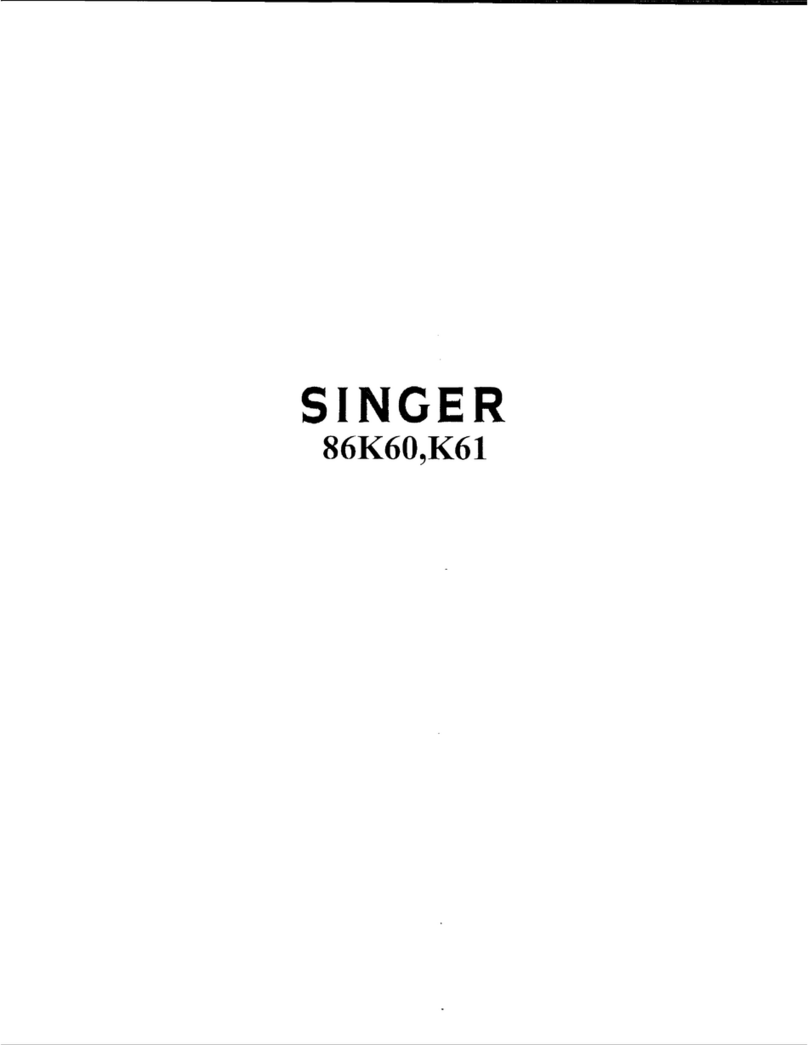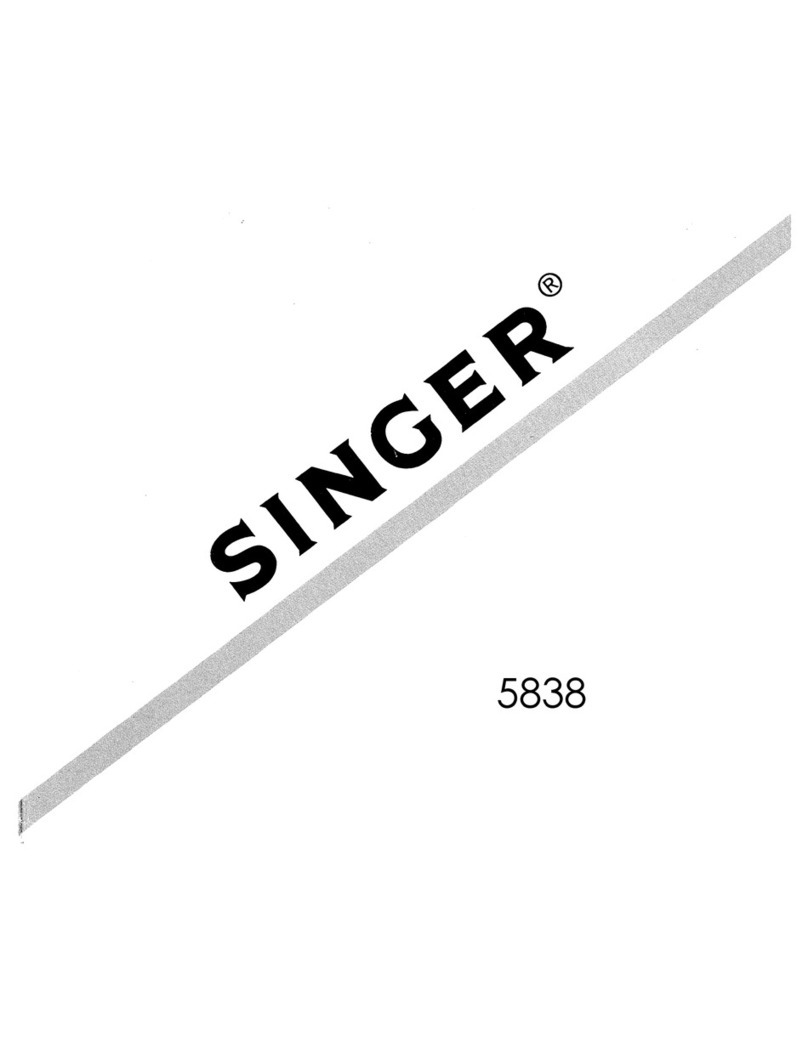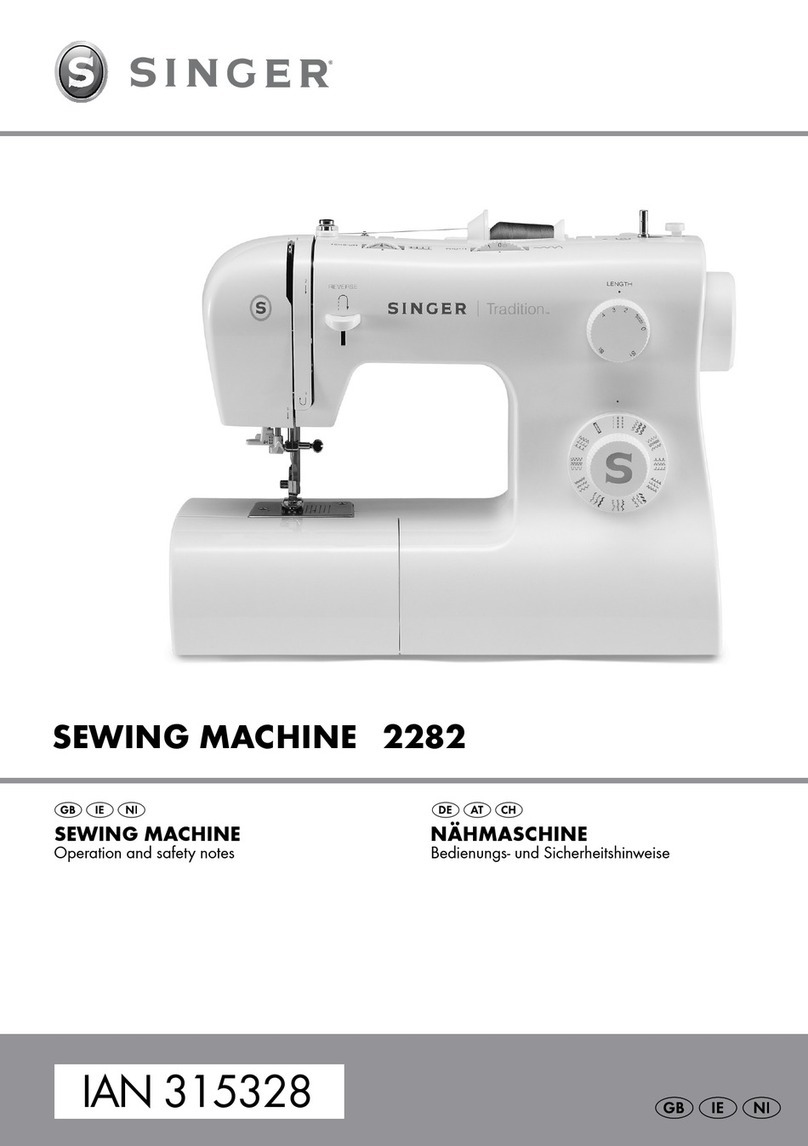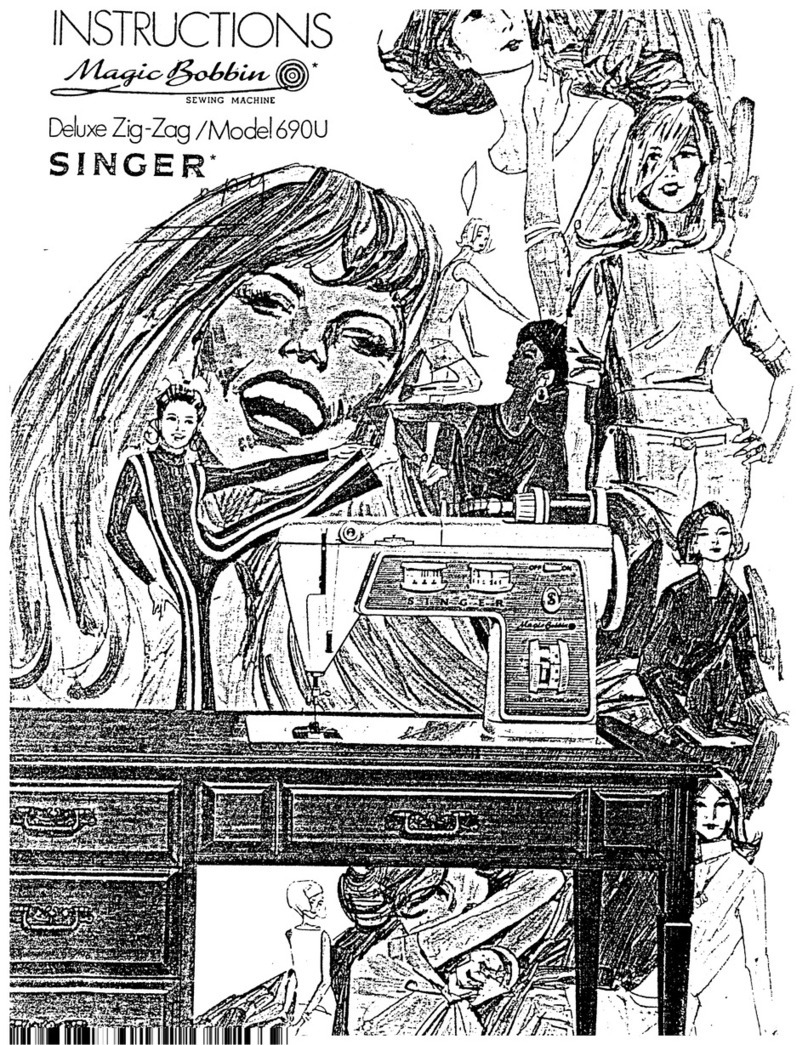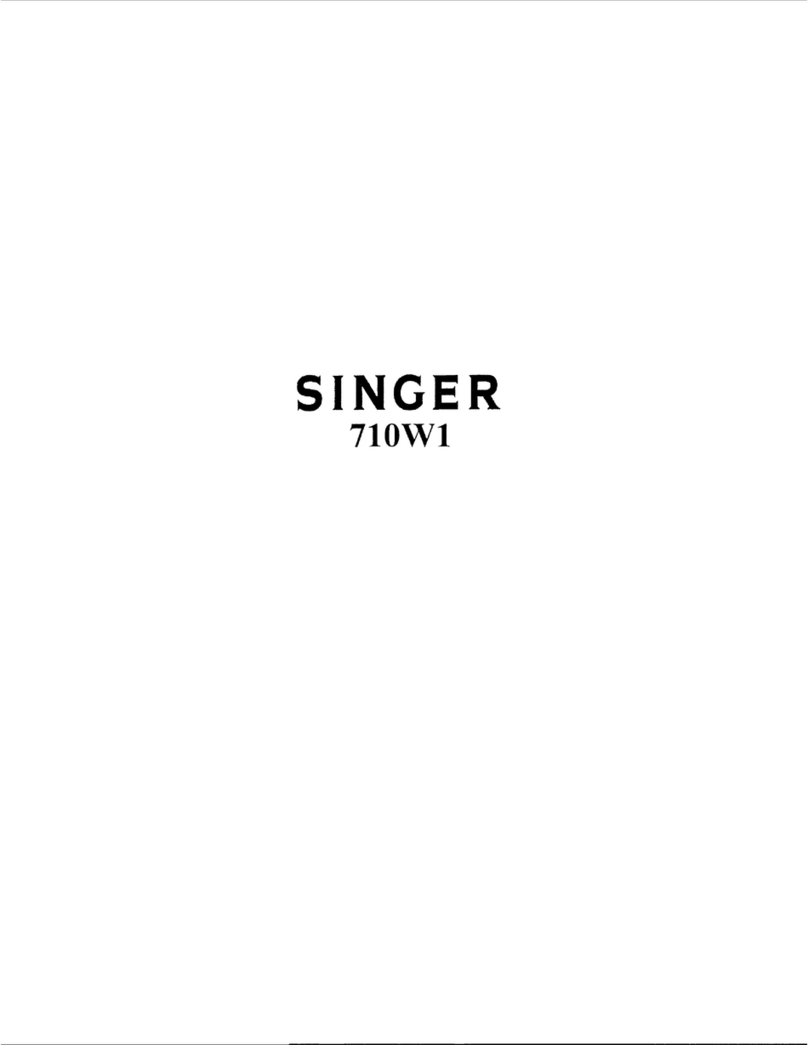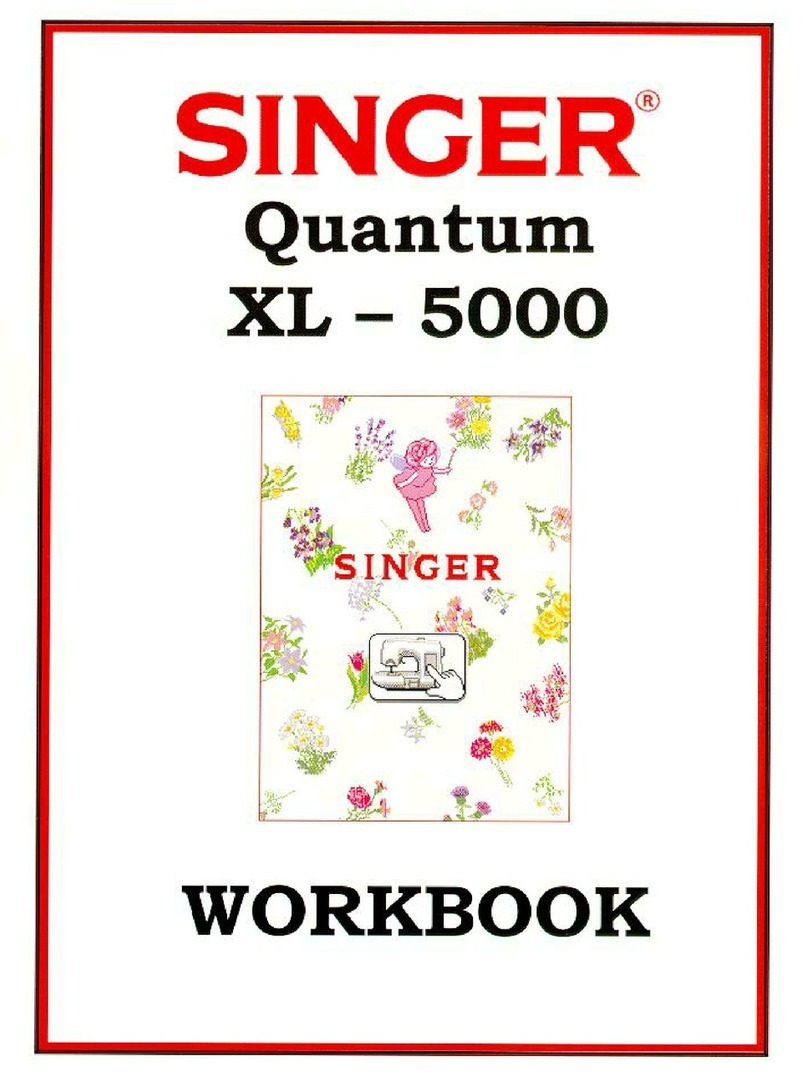
1
High Speed Overlock Machine |Instructions Manual and Parts List
Safety Instructions
1.1
Important Safety
Instructions
Important
•Beforerunningthemachine,make
sure all relevant safety specifica-
tions are adequate to specifica-
tions and technical standards in
yourcountry.
•The machine should not be run
withoutitssafetydevices.
•The machine should only be oper-
atedbyproperlytrainedpersonnel.
•Foryoursafety,gogglesmustbe
usedwhilerunningthemachine.
•Turnofforunplugthemachinein
thefollowingsituations:
•Passing the thread by the nee-
dle or replacing the bobbin or
looper.
•Replacing the needle, presser
foot,throatplate,feeddogand
slidingplate.
•Whenthemachineisinmain-
tenance.
•When the operator is not run-
ningthemachine.
•In case of lubricant oil contact
with the eyes or skin, wash the
surface with plenty of icy water.
Incaseofingestion,seekmedical
helpimmediately.
•Repair, fitting or maintenance
should only be performed by
properlytrainedpersonnel.
•Maintenance and repair on elec-
tric equipment should only be
made by qualified personnel. If
any electric device is damaged,
the machine should be immedi-
atelystopped.
•Beforestartingthemachineinfull
running,atestmustbeconducted
toassurethatmachineandopera-
torareabletoperformthetask.
•Themachineshouldnotbeplaced
nexttoasoundsourceasanultra-
sonicweldingmachineandother
equipment.
•The machine should only be run
with the proper electric cable
andconnectors,andalsothead-
equategrounding.
•Themachineshouldonlybeused
to sew materials as indicated in
itsinstructionsmanual,andindi-
cationsofuseshouldbefollowed.
Singer will not be held responsible
for any damage caused by unau-
thorized changes in the product.
When using the
machine, basic
safety procedures
must be followed.
Read with attention
all instructions before
using the machine.
When using it,
understand that
all basic safety
instructions are
not limited to the
following items.
Read all instructions,
take care of this
manual, and use it
as reference when
necessary.
From the library of: Superior Sewing Machine & Supply LLC
